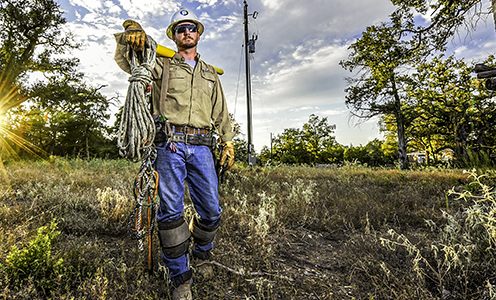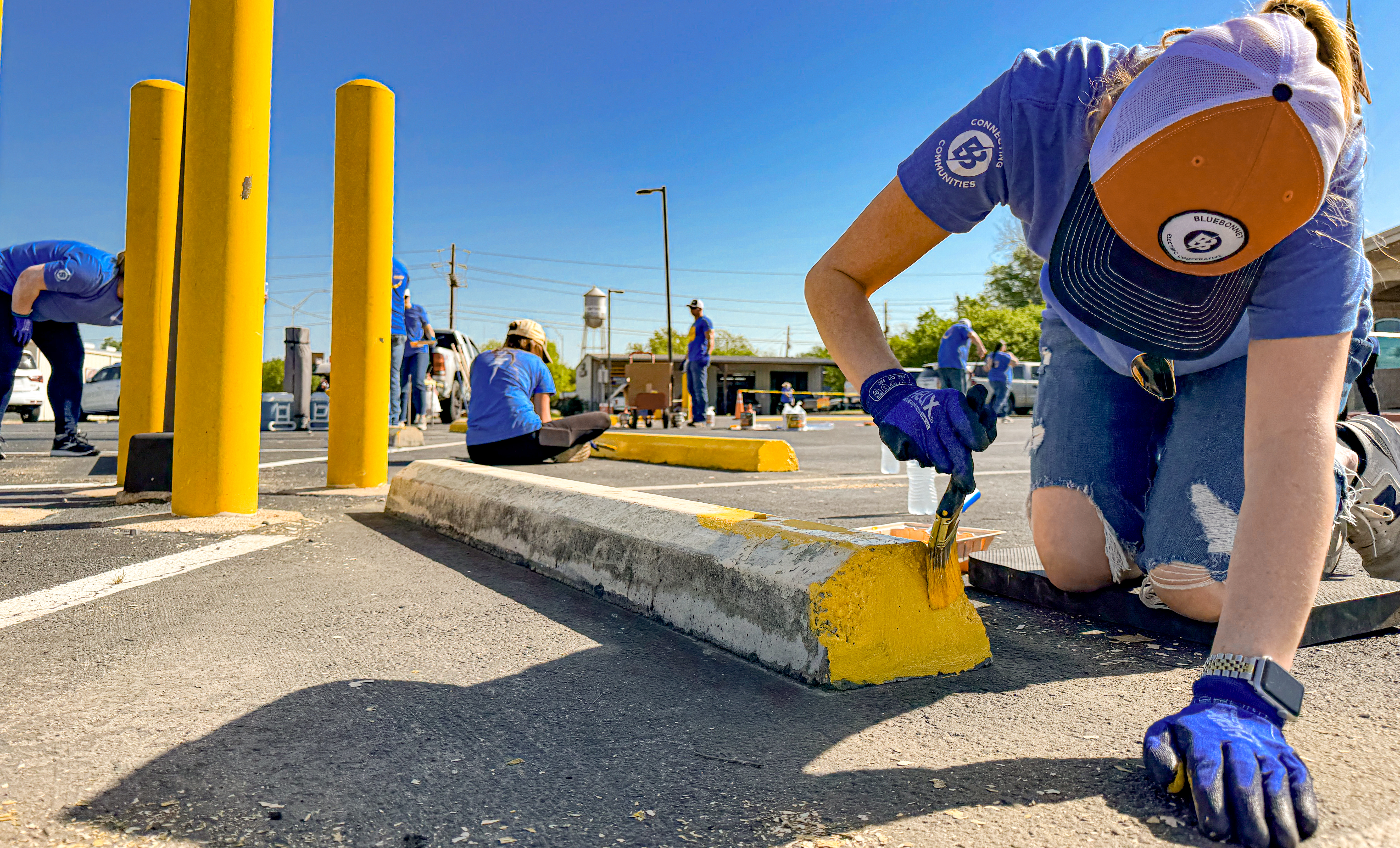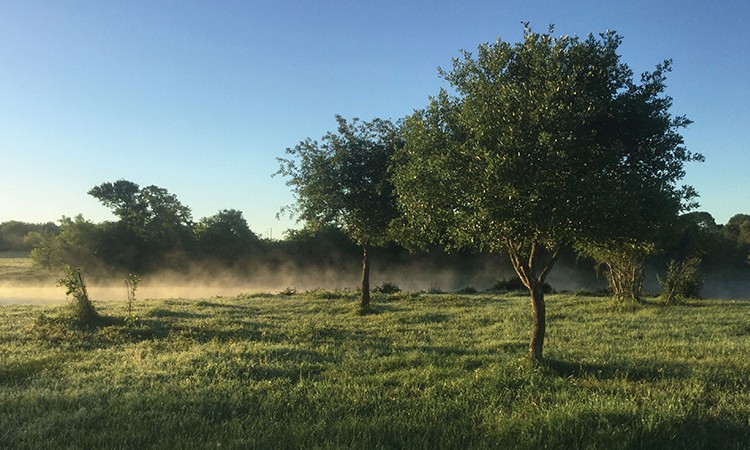
A $25,000 grant from the Lower Colorado River Authority and Bluebonnet Electric Cooperative will help the Fayetteville Community Foundation upgrade the electrical wiring and water fixtures at the Fayetteville Area Heritage Museum.

A $20,000 grant from the Lower Colorado River Authority and Bluebonnet Electric Cooperative will help the Tanglewood Volunteer Fire Department purchase a rescue truck to transport life-saving equipment to emergency scenes.
The Community Development Partnership Program grant, along with $5,000 in matching funds from the Tanglewood VFD, will help replace the fire department’s current rescue truck, which has been out of service for six months due to mechanical issues.
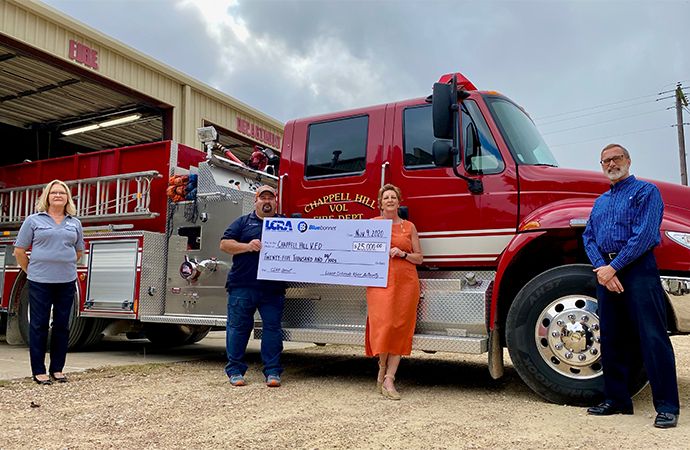
A $25,000 grant from the Lower Colorado River Authority and Bluebonnet Electric Cooperative will help the Chappell Hill Volunteer Fire Department purchase an emergency generator.
The grant will be paired with $36,802 in matching funds from the Chappell Hill VFD to purchase a generator to help provide uninterrupted fire protection and emergency services even during natural disasters or regional power outages.
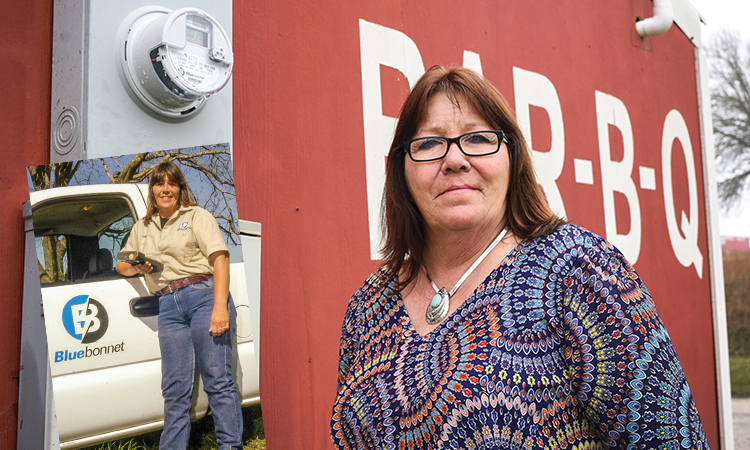
By Mary Ann Roser and Melissa Segrest
Do you remember the friendly person dressed in a tan shirt who walked up your drive to your house every month? He or she peered at your electric meter, decoding its dials, numbers and circling arrows. The person quickly typed numbers into a curious black device and then left, only to return the next month.
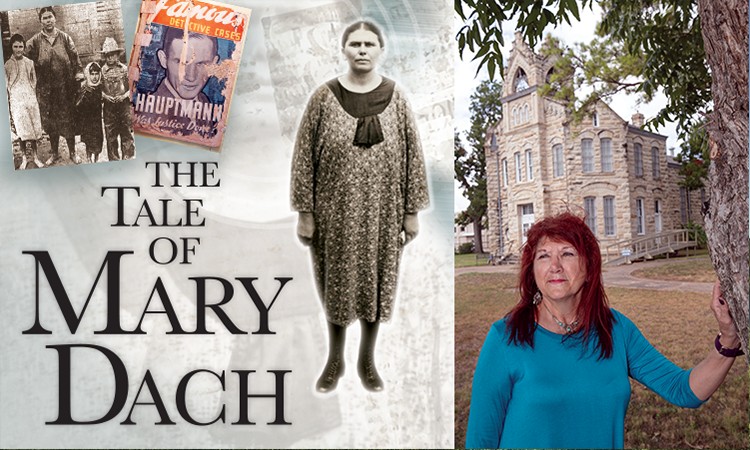
By Denise Gamino
Nearly 90 years ago, a widowed mother chose to starve to death in a Fayette County jail cell rather than die in the electric chair for the killing of a farmhand. She lost 150 fatal pounds. Before she died, Mary Dach wished aloud to someday be free, and to get a job in the jail that confined her. Perhaps she did.
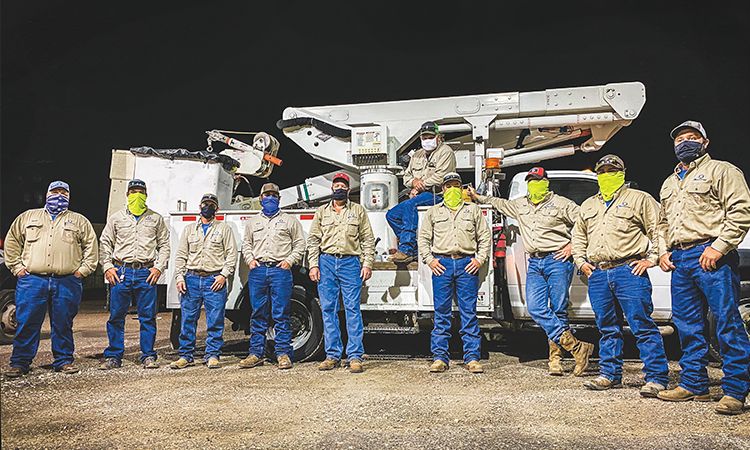
When Hurricane Laura made landfall in the early hours of Aug. 27, 2020, its devastating winds, rain and storm surge left hundreds of thousands of people without power across Louisiana and East Texas. Central Texans dodged damage from this storm, which enabled Bluebonnet Electric Cooperative to help out hard-hit utilities.
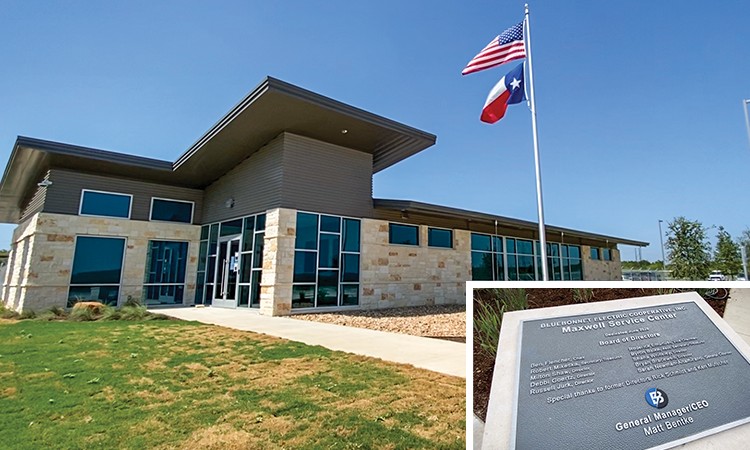
To better serve members in the fast-growing western portion of its service area, Bluebonnet Electric Cooperative has opened a new service center for field operations personnel in Caldwell County.
Employees began working out of the facility located between San Marcos and Lockhart in Maxwell this summer. The facility will give line workers and other field employees access to needed material, tools, equipment and fuel, and ultimately reduce outage response times in Hays, Caldwell, Gonzales, Guadalupe and surrounding counties.

